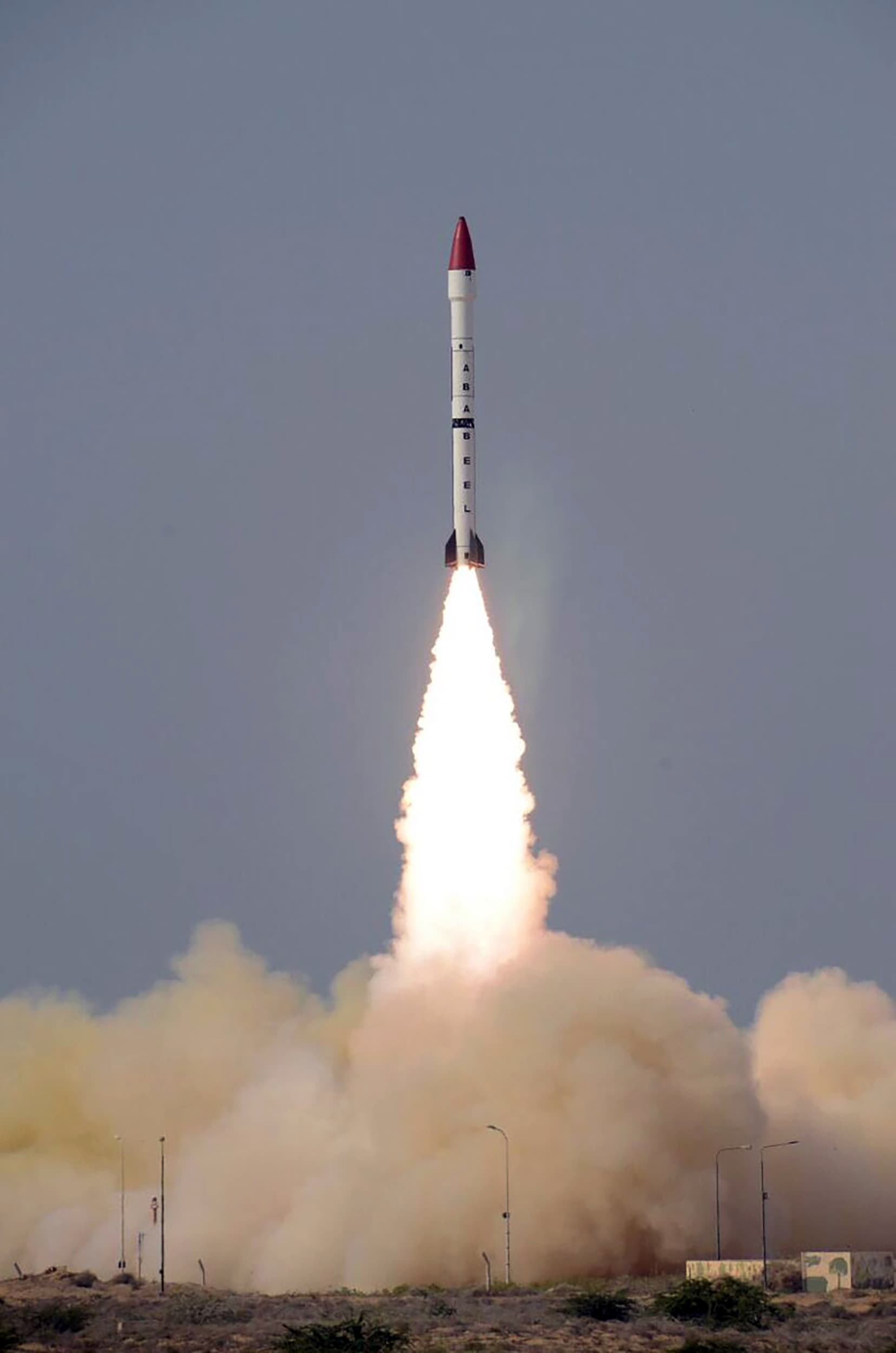In the isolated Naltar Valley, home to one of two ski slopes in Pakistan, children who learned to ski on wooden planks tied to boots with wire are being trained for the Winter Olympics by the Pakistani Air Force.
Whatever the reason, it’s brought opportunity and Olympic dreams to a small remote community in Pakistan that wouldn’t otherwise see it. Skiing has become increasingly popular in the valley since a local boy returned from the Vancouver Winter Olympics, and the Olympic ambitions of the community have swelled with it.
In 2010, Naltar-born, Muhammad Abbas, now 27, became the first Pakistani to qualify for the Winter Olympic Games. He took part in the giant slalom event at the Games inVancouver, Canada, placing 79th out of 81 participants, and returned home a hero.
Like most children in the Naltar Valley, Mr. Abbas learned to ski on homemade wooden skis. Abbas was part of the Naltar Ski School, a program run by the Air Force that offers a full scholarship and coaching to 25 young skiers from the valley each year.
A team of three boys from Naltar is currently in Italy to compete in a qualifier for the 2014 Winter Olympics. They will then fly onto Austria, Turkey, and Lebanon for other competitions, hoping to amass the 140 points needed to qualify for the upcoming Games in Sochi, Russia.
Late last year it looked like budget constraints of the military-funded Ski Federation of Pakistan would keep Pakistan out of the 2014 Winter Olympics. But at a meeting in December 2012 of the Federation’s executive committee and general council, which is made up of the Air Force’s top dogs, participation in the next Winter Olympics was approved and additional budget was allocated by the Air Force.
Abbas is part of the team, along with Mir Nawaz, 19, and Mohammad Karim, 17.
Another four boys from Naltar are also preparing to fly to Tajikistan for the Asian Children Skiing Championship this month. The team includes Noor Muhammad, 14, who has been tipped for Pakistan’s 2018 Winter Olympics team.
Noor dreams of being a professional skier and is determined to get to the Olympics in 2018. When asked what is takes to make a top skier he says simply, “hard work.”
Reachable by jeep or by helicopter
The Naltar Valley lies 25 miles north of the provincial capital Gilgit in northern Pakistan, where the western edge of the Himalayas meet the Karakoram mountain range. The picturesque valley lies deep in snow for much of the year, and is only reachable by jeep along a narrow mountain road – or helicopter.
The valley’s steep sides and powder snow offer perfect skiing conditions. The only other ski destination in Pakistan is in Malam Jabba, Swat, where a ski resort stood until militants destroyed it in 2008.
The Pakistan Air Force introduced skiing to the Naltar Valley – and Pakistan – in the 1960s as part of snow survival training for pilots stationed in the mountainous northern areas of Pakistan and the hostile terrain of the disputed boarder between Indian and Pakistani Kashmir.
The Air Force remains the sport’s chief patron and in 1990, they formed the Ski Federation of Pakistan to extend the reach of skiing beyond military personnel. The ski program has become a way for the Air Force to promote a different Pakistan story.
“We need to focus on reaching international standards and taking part in international competitions,” said Chief of Air Staff Air Marshal Tahir Rafique Butt in a speech at the awards ceremony for the National Ski Championships held in Naltar in mid February. “All that they [the skiers of Naltar Valley] need is the opportunity.”
In addition to the scholarship program, the Air Force bankrolls ski lessons to around 120 children each year. “We take children from the age of 5, but they only play,” says Zahid Farooq, a retired Air Force officer who heads up the ski training program at Naltar, “They start proper lessons at 10 [years old].”
Equipment is limited, and while none of the children in the Air Force’s ski program use wooden skis anymore, the children train in two-hour rotations, swapping skis and boots with the incoming group.
The Air Force declined to comment on how much they expect to spend on sending athletes to the Winter Olympic, or how much they spend on the Naltar Ski program as a whole, but they do foot the bill for the entire venture.
Hurdles for girls
An increasing number of girls are taking part in the ski program. Two sisters from Naltar Valley, Ifrah and Aminah Wali, took part in the first-ever South Asian Winter Games, held in India in 2011. The Games were hyped as the South Asian version of the Winter Olympics. Ifrah won gold for in the giant slalom, and Aminah took silver in both the giant slalom and slalom events.
But the girls haven’t been sent to any qualifying competitions for the Olympics. “We are still waiting and hoping that the federation will send us to the qualifiers too,” says Aminah, “I am happy the men’s team is participating in Europe, it’s very inspiring. But women skiers in Pakistan also have the talent to qualify for the Olympics. It is my lifelong dream too.”
There has been hostility in Naltar toward letting girls ski. Locals say that only “educated parents” are allowing their daughters to join the Naltar ski program – which is dominated by boys – suggesting that barriers for girls remain more firmly in place than most would like to admit.
A third of the children in the program this year are girls – a big increase from last year, according to the Air Force’s media director, Group Captain Tariq.
Mr. Farooq says that attitudes have started to relax since Muhammad Abbas returned from the 2010 Winter Olympics, but he admits that more needs to be done to get girls competing internationally, as well as to encourage girls to take up skiing in the first place – and their parents to let them.
Khuheen Sahab, 10, and Rukhsana Shaheen were allowed by their parents to join the ski school this year. Both wear the traditional shalwar top, a long shirt over their ski pants. Rusksana wears a headscarf, while Khuheen covers her head with a wooly hat. Rukhsana says that she would like to be able to ski all the time. “It makes me feel free,” she says.
Another challenge to Pakistan taking part in international events is that many of the children lack the necessary documentation that proves their exact ages, a requirement of international competitions. Children such as Rukhsana are put in classes based on their ability and an estimate of their age, but often don’t know their own ages.
“We are trying to train the children in the appropriate age categories,” says Farooq, “But many don’t have any documents.” According to him, 32 of the 117 children who trained this year could not prove their age.
Boon to tourism?
The valley was once a popular tourist destination with both Pakistani and foreign tourists. But tourism has all but dried up in the past decade as Pakistan’s international reputation has become increasing tied up with terrorism. As tourism declined, so did the main source of income for many of the villagers.
The expanding ski school has helped counter that. The ski facilities now provide employment to around 30 men who groom and maintain the slope for the ski school. The work is seasonal, but there are plans to improve the facilities at Naltar, add a chairlift, and open the resort to tourists, further boosting employment opportunities. Locals (and the Air Force) hope the tourists will come to ski in the winter and hike in the summer, and rekindle the tourist industry in the valley.
Farooq dreams that Naltar will become a ski hub, and that they will eventually be able to host international competitions, further raising Pakistan’s profile on the ski scene.
But, for now he’s focused on opening Naltar to tourists next season, which starts in December.
“The Air Force has sponsored skiing for many years, and now I want to open it up to the general public,” says the Chief of Air Staff Air Marshal Tahir Rafique Butt.
The TV close by plays images of the latest deadly attack on Hazara Shias in Quetta byLashkar-e-Jhangvi, a Sunni militant group. The air staff official looks at the screen and pauses.
“We can avoid militancy by exposing youth to positive activities, like skiing,” he says, “We need a positive international reputation.”











